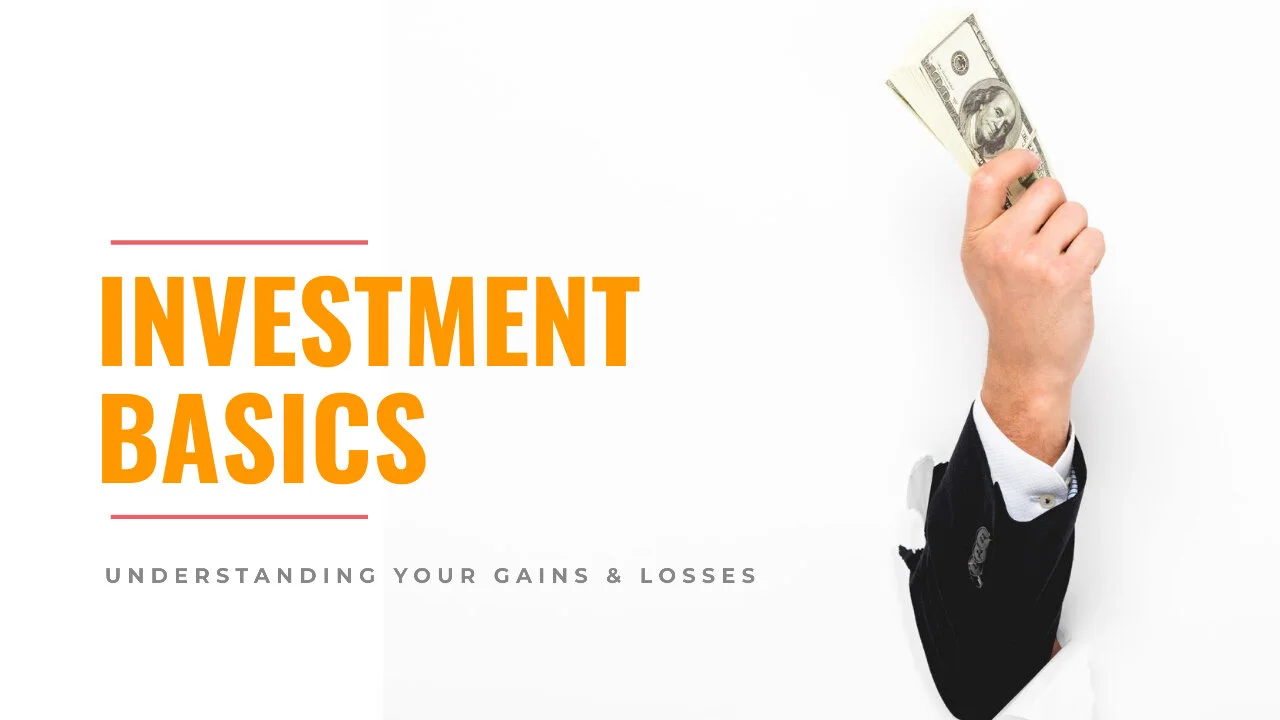COVID-19 Weekly Digest - July 01, 2020
In the six months since the coronavirus began spreading around the world, doctors have learned many lessons. However, some unknowns remain, such as the long-term effects of COVID-19 infections and how long it will take patients to recover. A big surprise to medical professionals was how widely asymptomatic carriers could spread the virus. With most other diseases, carriers are most contagious when they show symptoms, but with the novel coronavirus, asymptomatic carriers have been a surprisingly potent source of new infections.
This has been—and continues to be—a learning curve for all of us, as we learn to adapt to a new reality that includes more remote work and less personal contact between people.
CARES ACT UPDATE
Tax Issues
Back in March, in response to the COVID-19 pandemic, the IRS extended the tax filing and payment deadline from April 15 to July 15, 2020. Any payments due between that date and July 15 are now due on July 15. It’s a bit confusing, so Kelly Phillips Erb explains it all in this article in Forbes. However, as a recent survey shows, more than half (61%) of taxpayers fear they will not be able to pay their 2019 taxes. More than 43% are concerned they will owe additional taxes for 2020 because they took money out of their retirement accounts, are receiving unemployment, sold stocks, or made other financial decisions to deal with COVID-19.
As an extra bonus for those expecting refunds, the IRS recently announced that taxpayers will receive interest if that refund is received after April 15, 2020.
With only about two weeks left in this year’s filing season, Treasury Secretary Mnuchin is encouraging everyone who can to file their taxes by July 15. However, he did not discard the possibility that the filing deadline may be extended yet again, as the date approaches.
If you live in Mississippi, Tennessee, or South Carolina and were impacted by the tornadoes and severe flooding, you have until October 15 to file your tax return. In addition, if you live in a federal disaster zone and suffered losses that weren’t covered by insurance or other programs, you can claim a loss for the current year (2020) on the prior year’s (2019) return. This will help you get money back sooner.
Economic Impact Payments (aka Stimulus Checks)
The IRS continues to add new updates to its FAQs on economic impact payments. The latest answers include what to do if a check was sent to a deceased person. As the U.S. Government Accountability Office reported recently, nearly 1.1 million deceased persons received checks totalling almost $1.4 billion. These payments should be returned to the IRS. Apparently, in the rush to get the money out, the IRS did not use a filter to exclude people who had filed a 2018 or 2019 tax return but who had since passed away.
Paycheck Protection Program (PPP)
If you were still considering applying for a PPP loan, the deadline was June 30. Some lenders have already stopped accepting applications. The Treasury Department and the SBA released additional guidance for loan terms, forgiveness, and calculation of loan amounts for self-employed persons, as explained in this overview from the Journal of Accountancy. Loans received after June 5 have a five-year term, while those received prior to June 5 are due in two years unless the lender agrees to an extension.
If you did receive a PPP loan, be aware that the SBA and Treasury will be making some of that information available to the public. Information for loans under $150,000 will be aggregated by zip code, NAICS code, business type, and other demographic categories. For loans above $150,000, the SBA will disclose the business names, addresses, NAICS codes, zip codes, business type, demographic data, non-profit information, jobs supported, and loan amount ranges as follows:
$150,000-350,000
$350,000-1 million
$1-2 million
$2-5 million
$5-10 million
A separate piece of guidance from the SBA, released on Monday, June 22, explains the process for forgiveness. According to the new guidance, early application for forgiveness is allowed, but that means forgoing safe harbor provisions to restore salaries or wages by December 31, 2020.
The quick rollout of the PPP— while essential to support small businesses—may have opened the door for fraudsters, according to a report from the U.S. Government Accountability Office. According to the report, “the limited safeguards and lack of timely and complete guidance and oversight planning have increased the likelihood that borrowers may misuse or improperly receive loan proceeds.”
Economic Injury Disaster Loans (EIDL)
Since June 15, the SBA’s EIDL loan and grant program have been accepting applications. Eligible small businesses with fewer than 500 employees can apply for an emergency grant of $1,000 per employee, up to $10,000. This is also available for freelancers, gig workers and the self-employed. Loans of up to $2 million are also available with interest rates of up to 3.75% for businesses and up to 2.75% for nonprofits. By June 21, the SBA had approved more than $113 billion in loans and $12 billion in grants.
2020 RMDs Already Taken Can Be Rolled Back
One of the provisions of the CARES Act allowed retirement account owners to forgo their 2020 Required Minimum Distributions (RMDs). However, this came out too late to help people who had taken an RMD in January. Fortunately, the IRS just released new guidance that allows anyone to roll unneeded RMDs back into a retirement account by the later of August 31, 2020, or 60 days after receiving the distribution. This includes distributions taken out in several installments and distributions received by beneficiaries of inherited IRAs. Ordinarily, account owners are allowed only one rollover per year, but these rollovers do not count towards that limit.
Unemployment Benefits
The CARES Act included three additional unemployment programs—the Pandemic Unemployment Assistance Program (PUA), the Pandemic Unemployment Compensation Program (PUC), and the Pandemic Emergency Unemployment Compensation Program (PEUC). However, these three also interact with various other parts of the CARES Act, leaving business owners and their employees with questions. For example, what happens if an employee is laid off and begins collecting unemployment, and the employer brings that employee back with back pay? Answers to that question and more from legal experts are in this article from AllBusiness.
Another Stimulus in July?
In a recent interview, Treasury Secretary Mnuchin said that the Trump administration is discussing another stimulus program that may be voted on in July. The contents of that new program are not yet clear. Another round of payments to households may be part of that.
REMOTE WORKING VS GOING BACK TO WORK
Before the COVID-19 pandemic, about 3.6% of U.S. workers were remote, while nearly four times (14.1%) as many workers in the Netherlands were already working at home or in remote offices. According to one of those remote workers, “the Netherlands has the right combination of technology, culture, and approach to make remote working successful.”
Now that more workers have successfully proven that they can be just as productive working remotely, cities across the country are creating incentives to lure workers from high-cost locations. States and cities from Vermont to Tulsa, OK are designing new incentive programs for remote and independent workers who relocate. For example, a new program in Savannah, GA offers independent workers $2,000 to move there. As the administrator of that program says, “They pay taxes locally, they buy houses locally, so whether or not the company is headquartered here, we want the high wage earners that can be remote to move here.”
Going back to work
While many companies are coming up with plans to bring people safely back to work, perhaps a better question to ask is “do we need to come back to the office at all?” As this article in Inc. reminds us, many office workers have successfully found ways to get the work done remotely. Creating a permanent remote workforce means considering these questions:
How will we best serve our customers?
What work needs to get done to do that, and how can we best make that happen?
How can we measure productivity differently?
How can I best support my team, keep them engaged, and help them be productive?
Those who do go back to the office will have new challenges, including safely sharing elevators. With limited data on relative risks of elevators, public health experts recommend common sense tactics including reducing capacity, wearing masks, and avoiding touching anything with the hands.
We sincerely hope that you and your family are well and remain well. If you have any questions or concerns, don’t hesitate to reach out to us. We are all in this together!


